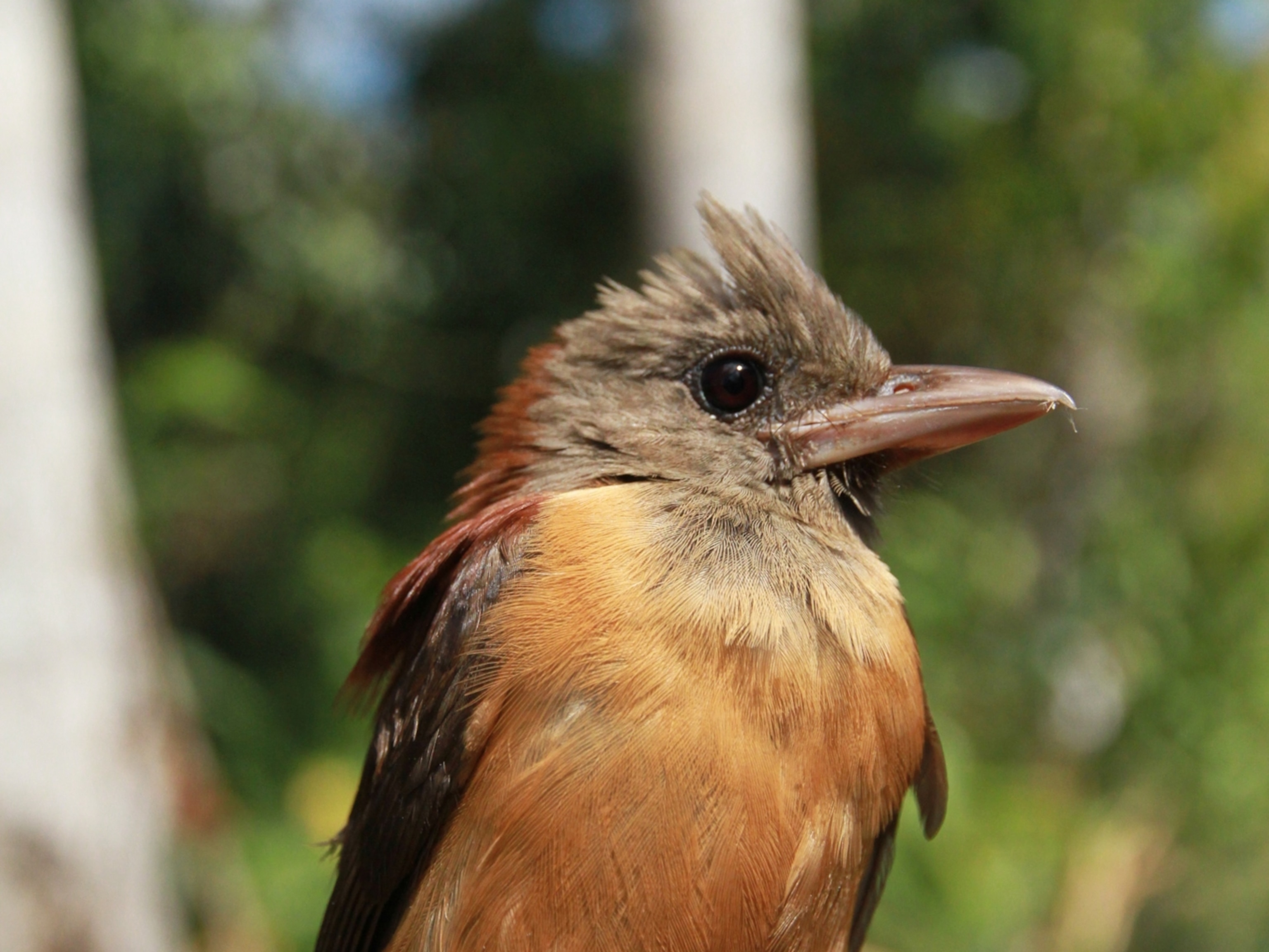
Toxic ‘Toupee’: Explaining the Most Venomous Caterpillar in the U.S.
This furry puss caterpillar can cause more pain than a bee sting.
No warm and fuzzy here—a possible boom in a highly toxic but irresistibly touchable caterpillar is sending people in the eastern U.S. to the hospital.
Young children from Florida to North Carolina are reporting excruciating pain after coming into contact with the most venomous caterpillar in the U.S., the furry puss caterpillar (Megalopyge opercularis), according to news reports. Some have petted the insect; others have been injured when the caterpillars fell onto them from trees.
The puss caterpillar got its name because it resembles a cuddly house cat, said University of Florida entomologist Don Hall. While these insects may look soft, their outer comb-over (which some have compared to a toupee or the coif of Donald Trump) hides small, extremely toxic spines that stick in your skin. (Read more about venom in National Geographic magazine.)
“A puss caterpillar sting feels like a bee sting, only worse. The pain immediately and rapidly gets worse after being stung, and can even make your bones hurt,” Hall said.
“How bad the sting hurts depends on where you get stung and how many spines are embedded in your skin. People who have been stung on the hand say the pain can radiate up to their shoulder and last for up to 12 hours,” Hall said.
Caterpillar Boom and Bust
This species naturally goes through boom-and-bust cycles, and populations can rise and fall dramatically based on weather, food availability, and the number of parasites around, Hall said. (See “How ‘Zombie’ Virus Liquifies Caterpillar Hosts.”)
The furry puss caterpillar population seems to be on the rise, which may explain why so many people are being stung now, he added.
Hall has been stung himself several times, mostly by young caterpillars that he’s raised in his garage—juveniles generally have fewer spines than older, fuzzier insects.
Although there are no defined medical procedures if you do get stung by a puss caterpillar, Hall recommends covering the area with cellophane tape and then ripping it off to remove any spines that remain in the wound, which will help decrease the pain.
Poop Throwers
Female flannel moths (what puss caterpillars become as adults) covers her eggs with hairs from the tip of her own abdomen. “Those hairs are not venomous, but presumably protect the eggs from natural enemies in some way,” Hall said.
They fling their poop away from their bodies. Hall believes that behavior prevents parasites from being attracted to the feces and potentially harming the caterpillars themselves. (Also see “Scat-Firing Caterpillars Elude Predators.”)
A poop-throwing, toupee-wearing caterpillar that can send you to the hospital—what will Mother Nature think of next?





